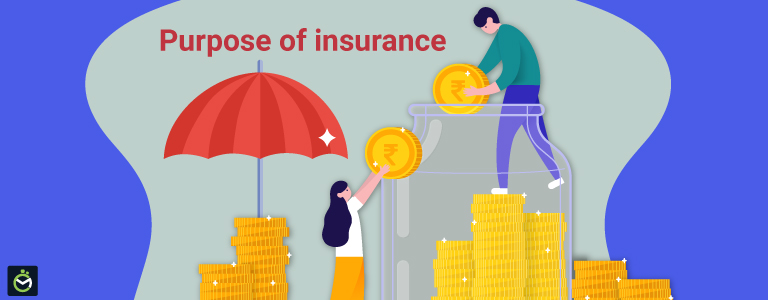The smart Trick of Pacific Prime That Nobody is Discussing
Wiki Article
The 25-Second Trick For Pacific Prime
Table of ContentsPacific Prime - QuestionsPacific Prime Things To Know Before You Get ThisThe Best Guide To Pacific PrimeGetting The Pacific Prime To WorkEverything about Pacific Prime

This is due to the fact that the data were accumulated for a period of strong financial performance. Of the approximated 42 million individuals who were without insurance, almost regarding 420,000 (concerning 1 percent) were under 65 years of age, the age at which most Americans become eligible for Medicare; 32 million were adults in between ages 18 and 65, around 19 percent of all grownups in this age team; and 10 million were kids under 18 years of age, concerning 13.9 percent of all children (Mills, 2000).
These price quotes of the variety of persons uninsured are generated from the yearly March Supplement to the Current Population Survey (CPS), performed by the Census Bureau. Unless otherwise noted, national quotes of individuals without health and wellness insurance coverage and proportions of the populace with various kinds of coverage are based on the CPS, the most commonly made use of resource of price quotes of insurance coverage and uninsurance prices.
Things about Pacific Prime

Still, the CPS is specifically helpful since it creates yearly estimates reasonably quickly, reporting the previous year's insurance protection estimates each September, and because it is the basis for a regular set of quotes for greater than twenty years, enabling analysis of fads in protection in time. For these factors, as well as the substantial use the CPS in various other researches of insurance policy coverage that are offered in this report, we rely upon CPS price quotes, with limitations kept in mind.

The quote of the number of uninsured people expands when a population's insurance policy condition is tracked for several years. Over a three-year period starting early in 1993, 72 million individuals, 29 percent of the united state population, were without insurance coverage for at least one month. Within a solitary year (1994 ), 53 million individuals experienced at the very least a month without protection (Bennefield, 1998a)
6 out of every ten uninsured adults are themselves used. Functioning does enhance the chance that one and one's family participants will have insurance policy, it is not a guarantee. Also members of families with 2 full time wage income earners have virtually a one-in-ten possibility of being uninsured (9.1 percent without insurance price) (Hoffman and Pohl, 2000).
A Biased View of Pacific Prime
New immigrants make up a considerable percentage of people without medical insurance. One analysis has actually connected a substantial section of the current development in the dimension of the united state without insurance population to immigrants who arrived in the nation between 1994 and 1998 (Camarota and Edwards, 2000). Current immigrants (those who involved the USA within the previous 4 years) do have a high price of being uninsured (46 percent), however they and their youngsters account for simply 6 percent of those without insurance nationally (Holahan et al., 2001).The relationship between health and wellness insurance coverage and accessibility to care is well established, as documented later in this chapter. Although the connection in between health and wellness insurance coverage and health and wellness results is neither straight neither easy, a considerable professional and wellness solutions research study literature links health insurance policy protection to better access to care, much better quality, and improved individual and populace health and wellness status.
Levels of evaluation for taking a look at the effects of uninsurance. This conversation of medical insurance coverage focuses mostly on the U.S. populace under age 65 due to the fact that basically all Americans 65 and older have Medicare or various other public protection. It concentrates specifically on those without any type of health insurance policy for any length of time.
Some Known Details About Pacific Prime
The problems encountered by the underinsured are in some aspects similar to those encountered by the without insurance, although they are usually much less serious. Health insurance, nonetheless, is neither essential neither adequate to acquire accessibility to clinical solutions. The independent and direct effect of wellness insurance policy protection on accessibility to health and wellness services is well developed.
Others will obtain the healthcare they require also without health insurance coverage, by paying for it expense or seeking it from companies who use care totally free or at highly subsidized prices. For still others, medical insurance alone does not guarantee invoice of treatment as a result of various other nonfinancial barriers, such as a lack of health care service providers in their neighborhood, restricted access to transport, illiteracy, or linguistic and social distinctions.
The Pacific Prime Diaries
Formal research study about uninsured populaces in the United States dates Website to the late 1920s and early 1930s when the Board on the Expense of Healthcare produced a collection of records about financing medical professional workplace sees and hospital stays. This concern became salient as the numbers of medically indigent climbed during the Great Anxiety.Report this wiki page